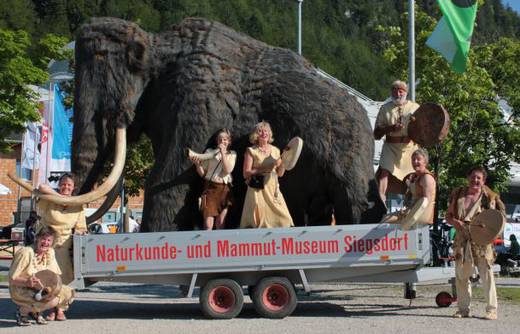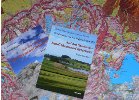Museum
|
From 01.04.2025 until 09.11.2025 |
|
Daily from 10am-6pm |
|
Adults (from age 16 and up) |
|
10.- |
€ |
|
Children under 6 |
free |
||
|
Children and youth
|
5,00.- |
€ |
- Various guided tours
- Programmes to join in
- Materials for teacher
- Information and Registration
All rooms in the museum have barrier-free access.
No entry for animals.
Franz Feistl
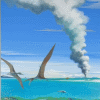
For many years the painter from Aschau in Chiemgau, Franz Feistl, has been a friend of the Museum..
W. Angerer der Jüngere

The renowned artist Walter Angerer der Jüngere lives in Siegsdorf and is well known for his sculptures in the so called "Fraßbildtechnik" – a technique using feeding pattern traces of certain beetles...
Karin Wein
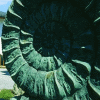
Karin Wein is a sculptress living in Siegsdorf.. Her works can be seen at central locations in the town...
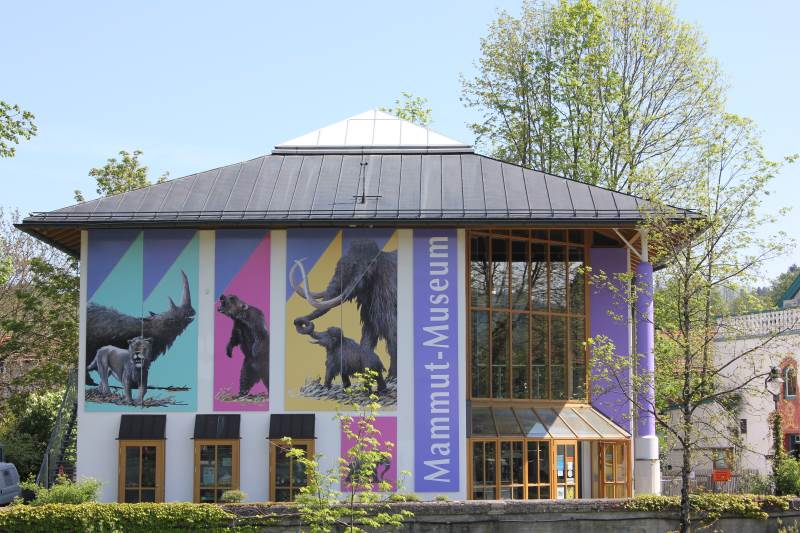
Not to be overlooked! - The museum next to the bridge over the Traun
Open Saturday and Sunday from 10.00am to 4.00pm
A real find is the this year's Special Exhibition "Evolution of Humans".
The Mammoth
The Siegsdorfer Naturkunde- und Mammut-Museum (Siegsdorf Natural History and Mammoth Museum) owes its origin to the discovery of 45,000 year old mammoth bones. The bones were found in the Gerhartsreiter Graben, not far from Siegsdorf. Since its opening in 1995 more than a million people have visited the museum to see the largest and best preserved mammoth skeleton in the whole of Europe.
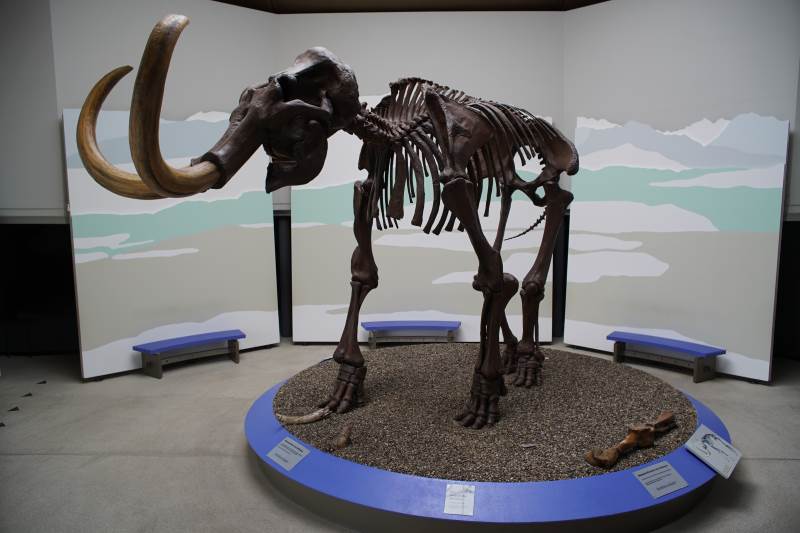
The cast replica of the Siegsdorf mammoth
Siegsdorf
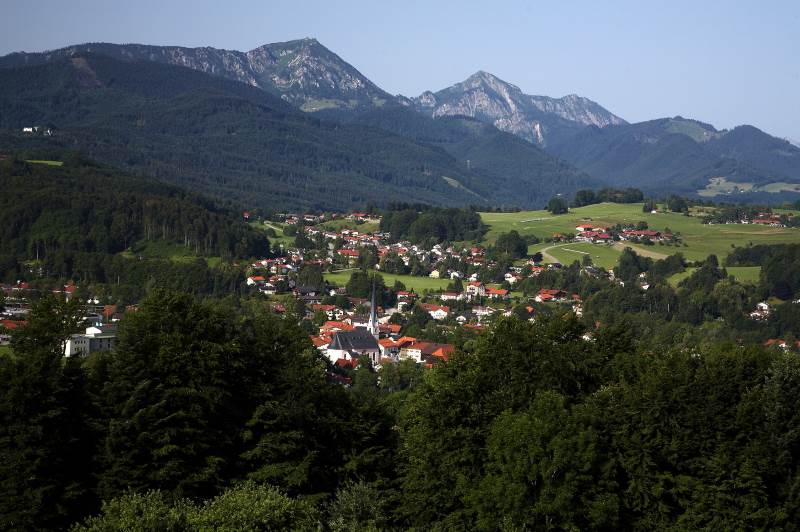
Siegsdorf in Chiemgau. © Stockklauser, Reit in Winkl
The bedrock beneath Siegsdorf consists of sedimentary formations from four different ancient sea basins. Drifting continents folded these former sea floors into the Alps we have today. The whole landscape was further formed during the Ice Age by enormous masses of melt water. A small marshy area turned into one of the most significant sources of fossil remains in Europe. The bone finds prove that at that time mammoths, cave lions, woolly rhinoceroses, giant deer and human beings were living in the area. In the background you can see the striking twin mountains Hochfelln (left)) and Hochgern (right) - seemingly unmoved by climatic events.
The Natural History and Mammoth Museum in Siegsdorf, with an exhibition area of more than 650 m² covering four floors, provides you with an understanding of the 250 million year geological history of Southeast Bavaria. The graphic presentation of geological principles, the diversity of fossils, the giants of the Ice Age and insights into the Stone Age all combine to make your visit to the museum a fascinating experience.
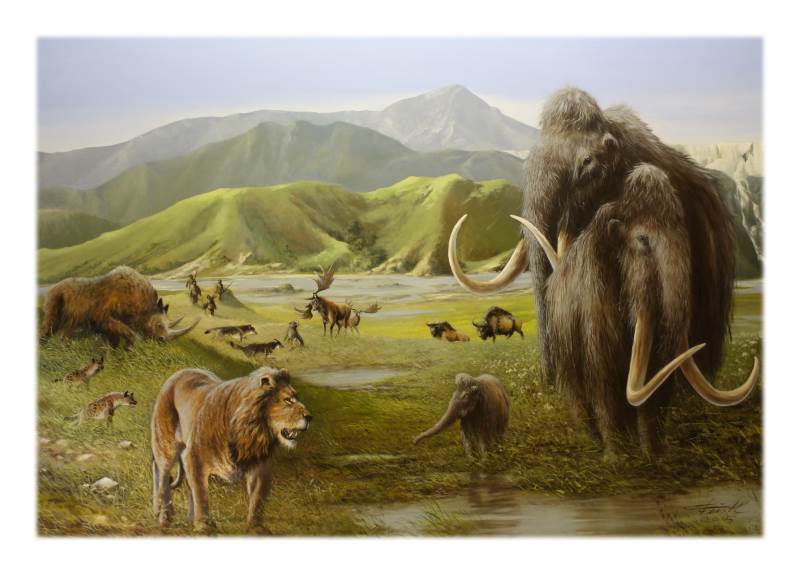
Chiemgau around 45,000 years ago
Friends' Association
Tasks of the Association
The Association of Friends of the Natural History and Mammoth Museum in Siegsdorf (FdM) is comprised of people who share a common interest in the geological history of the Chiemgau region and neighbouring areas. We endeavour to awaken a similar interest in the wider public.
The activities of our society are therefore geared to raising public awareness of the Siegsdorf Natural History Museum. To achieve this we hold lectures, arrange excursions, and support both scientific publications as well as materials for the general public on topics related to the museum: geology, palaeontology and the Ice Age.
Since its founding in 1997, the association has purchased many exhibits including cave bear skeletons, which have been used to develop the museum’s "bear cave". In addition, the association largely financed the construction of the life sized mammoth replica outside the museum at the Traun bridge, as well as the mobile mammoth model.
Financing
Current annual membership fee: 10 €
